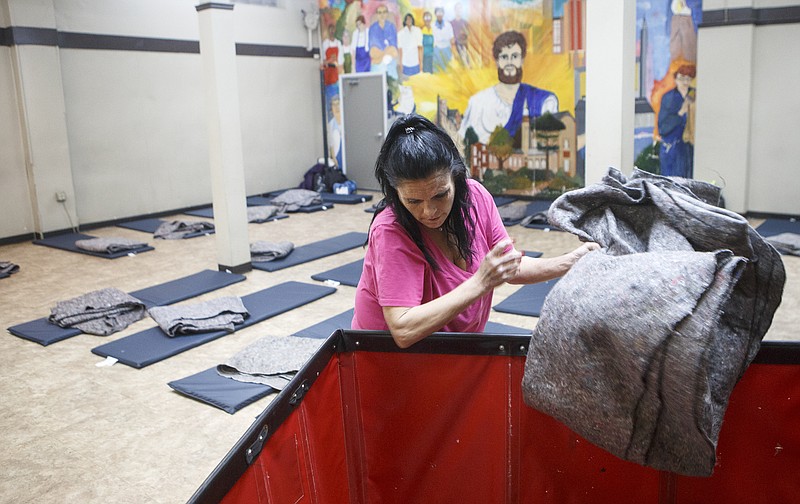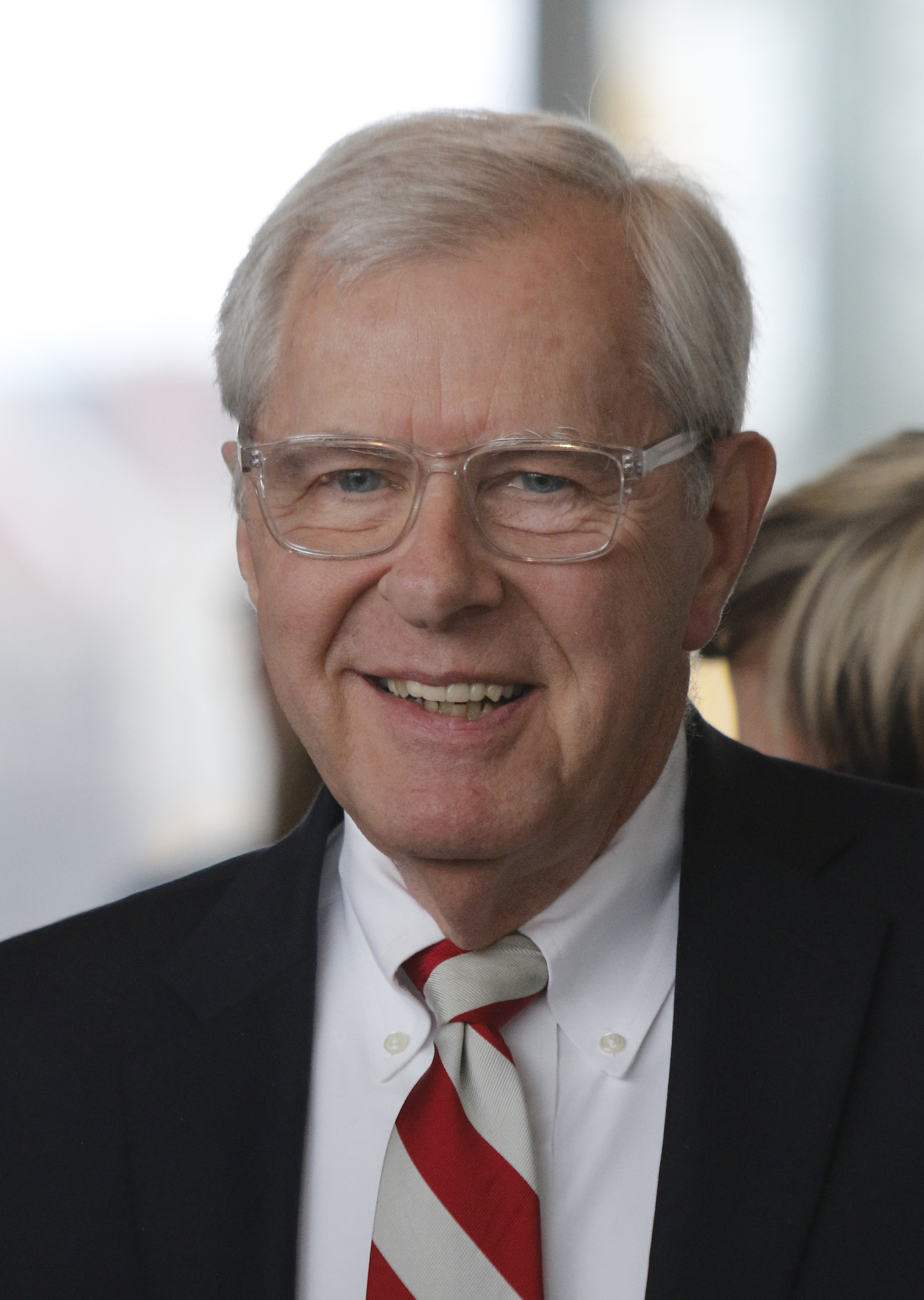Bad weather - and extremely cold weather in particular - always results in a discussion of our serious lack of emergency shelter facilities for our city's homeless.
Every plan produced over the last 20 years (including the recently published Homeless Action Plan) recommends the provision of a permanent "low barrier" facility to provide "a safe, warm place of shelter for all people who may not have any other place to go."
It's notable that the majority of current emergency shelter beds are simply mats that were purchased by the city more than 10 years ago that are rolled out on the floor during harsh weather. Blankets are often repurposed carpet padding.
A second identified need is for a "Clean and Safe Ambassador" program to serve as "eyes and ears" for downtown businesses, and to provide homeless outreach including direct assistance to individuals. Other cities have done such things quite successfully.
Of course, a major issue is funding. With that in mind, please consider the following:
According to published data, Hamilton County occupancy tax revenue increased from $4.2 million in 2009 to $7.6 million in 2017. That trend has continued, and today more than a dozen new hotels are recently opened, under construction or actively under design. With all the increases in tourism related activity, Chattanooga is experiencing a similar windfall with its separate hotel tax.
Most of those funds are earmarked for the promotion of tourism and to further enhance the visitor environment downtown. As revenue has dramatically increased, it might be argued that we have now reached a point of diminishing returns, and it makes little sense to pour more and more money into advertising and promotion while the downtown homeless population remains visibly and inadequately addressed. Therefore, investing in homeless facilities and services should be considered as a unique but valid expenditure for such visitor-generated funds.
So, in preparing upcoming budgets, let's propose that the city and the county each set aside $1 million from its tourism-related revenue to provide a reliable and continuing financial base to support needed homeless services. Certainly, that $2 million annually won't do the entire job, but it will enable those agencies that currently provide such services to do a better job without having to spend so much of their valuable time and volunteer assistance on fundraising.
Of course, increased tourism has not gone unnoticed. There are many hands now reaching out for a piece of that larger financial pie. But the hotel/motel tax is separate and does not affect the comparable increase in sales tax, etc. So let others go there, to those other funds, for their needs.
Back in the 1980s at the dawn of our city's renaissance , the motto of Chattanooga Venture was "Turning Talk Into Action." That's how transformation happens. Let's readopt that attitude and do it again.
Ron Littlefield, a former Chattanooga council member, served two terms as Chattanooga mayor from April 2005 to April 2013.

